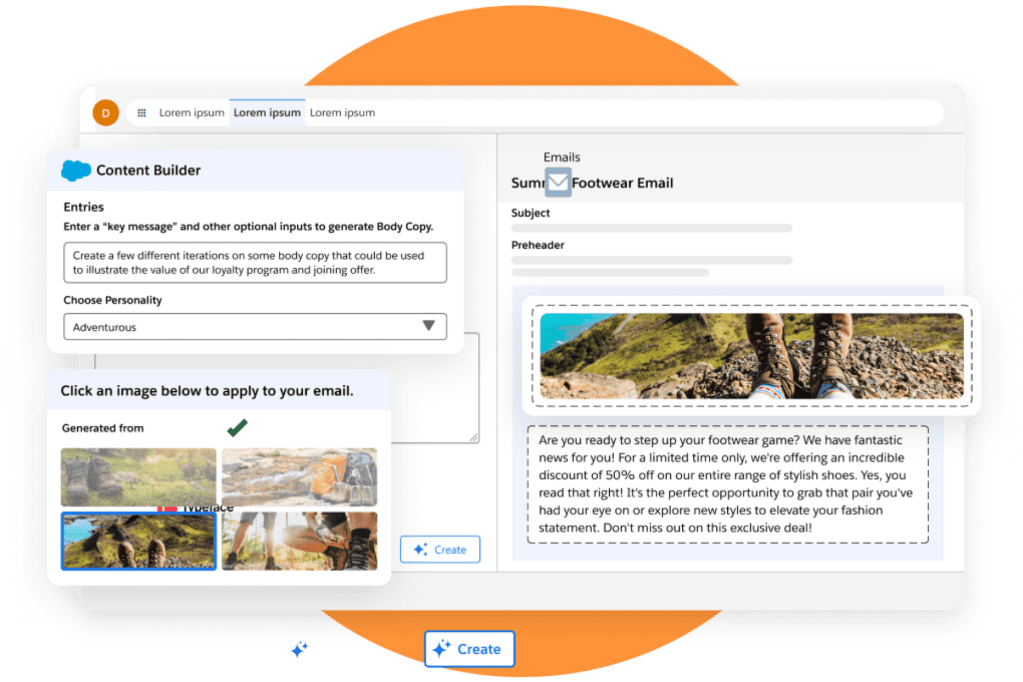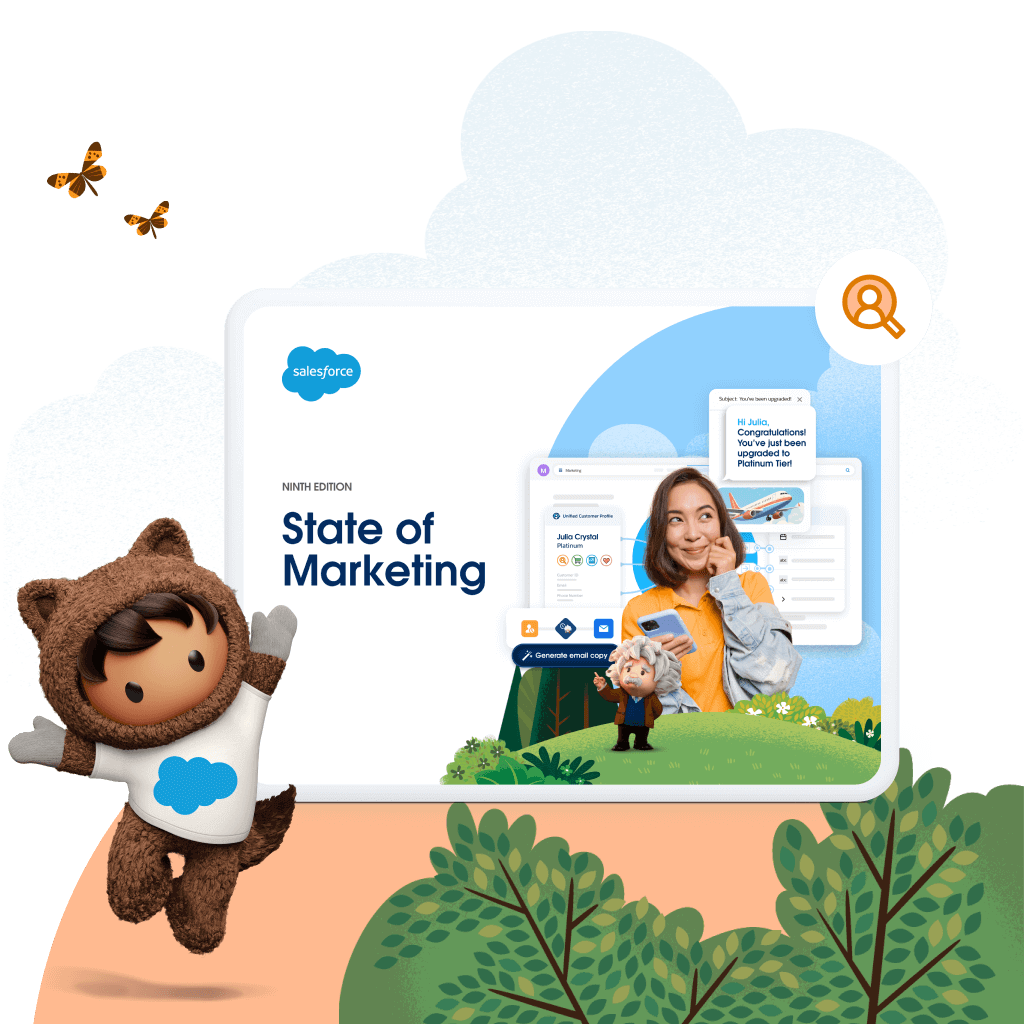
Website personalization: benefits & tips
Your website is one of the first places where customers form impressions about your brand. They expect personalized experiences, and they want it done well.
Paul Cordasco

Your website is one of the first places where customers form impressions about your brand. They expect personalized experiences, and they want it done well.
Paul Cordasco


When the economy shows signs of slowing down, marketing budgets are often the earliest casualties. However, not all marketing investments are created equal, and website personalization technology and strategies will help you regardless of the economic climate.
There are several reasons why your business should focus on website personalization. The first is customers now expect personalized experiences from nearly every brand they engage with. Over the last decade, companies like Amazon, Google, and Netflix have shown how technology and data can create seamless and often delightful customer experiences.
It’s not just that Netflix has thousands of shows and movies for me to watch. It’s that the streaming service’s homepage is curated and ever-evolving with my tastes. That’s website personalization at its best and something I come back for (and expect).
But it’s not just me. According to Salesforce’s State of the Connected Consumer report, 84%of customers say that being treated like a person, not a number, is very important to winning their business, Customers are less forgiving about a disjointed experience or having to make a big effort to find what they want. And since websites have become the de facto digital experience for many businesses, they are among the first places where customers will form impressions about your brand.
Customers are using their high standards for experience to judge whether to do business with you. So personalizing that experience should seem like a no-brainer for most organizations, right? Not always.
Here are three more reasons why website personalization is important in a softer economic climate.
Learn how Customer 360 helps you increase efficiency, improve results, and lower costs.

For most brands, the biggest percentage of marketing spend is allocated to top-of-the-funnel activities, which center on boosting brand or product awareness to new customers. This includes advertising or sponsorship campaigns.
These often are the first marketing cuts during slow economic periods.
Many executives believe that if customers aren’t currently in the mindset to spend, it’s better to reduce the outbound marketing used to acquire them until the storm passes. This is an effective cost-saving measure during a downturn, but the cuts reduce the number of prospects seeking out your brand and going to your website.
Since there are fewer visitors to your site, each one increases in value. Simple math says you need to convert more of these customers to make up for the drop you’re experiencing in overall site visits. Personalization will help you improve your site’s overall conversion rate and overcome the traffic drop by giving those users more reason to come back.
Action all your data faster with unified profiles and analytics. Deploy smarter campaigns across the entire lifecycle with trusted AI. Personalize content and offers across every customer touchpoint.
Leaner times result in leaner marketing teams. Companies will ask their marketers to do more with less. Efficiency and streamlining processes and departments are the name of the game.
There’s no better way for marketers to address this new directive than by automating how we engage with every customer. Creating an automated website personalization experience is a highly visible way to show your commitment to efficiency. And it’s way better than making frequent updates to pages and design templates.
Automation is a more efficient path to conversion and upsell in a single site visit versus waiting for conversion across several visits or never experiencing it at all. For example, Salesforce uses personalization to create a tailored experience for every customer who visits our website. Visitors are shown content based on their interests. The experience is relevant and appropriate, designed to meet their expectations each time they come back.

Sign up for our monthly marketing newsletter to get the latest research, industry insights, and product news delivered straight to your inbox.
When budgets for new customer acquisition are trimmed, there’s more value in deepening relationships with your current customers.
You probably already have good relationships with many of these people. Now you should be doing all you can to extend them. The best way to show your current customers that you’re invested in the relationship is demonstrating your understanding of them.
This can be as simple as showing relevant content and offers whenever they arrive on your site. Providing a personalized experience to returning customers is the modern equivalent of saying “welcome back” in a bricks-and-mortar store. This goes a long way in driving up each customer’s total lifetime value.
To go even deeper, ensure that this personalized experience stretches across all customer touchpoints, including service and sales. Sharing this critical customer experience data across your organization is a bridge to building long-lasting relationships.
Keep these website personalization points as you drive forward in stiff economic headwinds. Your organization will see fiscal and relationship benefits in the short term and in the years ahead.